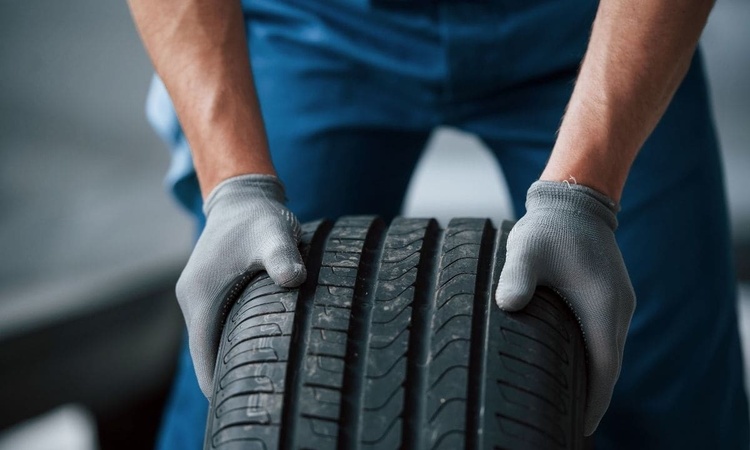Tire Care Strategies for Energy Efficiency and Safety
Effective tire care reduces energy use and improves on-road safety by maintaining correct pressure, scheduling inspections, and integrating data-driven checks. This article outlines practical inspection, maintenance, and monitoring practices for individual drivers and fleets, and explains how tires interact with braking systems, thermal factors, and vehicle energy systems.

Proper tire care is a practical way to improve vehicle energy efficiency and reduce safety risks. Regular inspection and maintenance—ranging from pressure checks to wheel alignment—help lower rolling resistance, extend tread life, and support predictable braking performance. Whether managing a single car or a fleet, combining routine physical checks with digital diagnostics and telemetry produces the best outcomes for economy and safety.
How do tires affect efficiency and safety?
Tires are the primary contact point between vehicle and road, and their condition directly affects rolling resistance, traction, and braking. Underinflated tires increase rolling resistance and fuel or battery energy use; overinflation can reduce contact area and compromise braking. Worn tread reduces grip in wet conditions and lengthens stopping distances, impacting overall safety. Regularly monitoring tread depth and pressure supports both energy efficiency and reliable braking performance.
What tire inspection routines help fleets?
Fleets benefit from standardized inspection routines that include visual checks for cuts, bulges, and uneven wear patterns, pressure readings, and tread-depth measurements. Conducting inspections at scheduled intervals—before long shifts and after heavy loads—helps detect issues early. Recording results in a fleet log or fleet management software enables trend analysis and prioritizes interventions, improving uptime and reducing unplanned stops.
How does maintenance improve tire life and performance?
Maintenance tasks such as rotation, balancing, and wheel alignment help tires wear evenly and maintain intended performance. Rotating tires according to the manufacturer’s schedule balances wear across positions and extends service life. Proper balancing reduces vibration that can accelerate wear on suspension and brakes. Addressing small repairs promptly, like plugging minor punctures, is typically safer and more cost-effective than delaying until a replacement is required.
Can telemetry and diagnostics aid tire management?
Modern vehicle telemetry and diagnostics systems can capture pressure, temperature, and fault codes to alert operators about tire-related issues. Tire-pressure monitoring systems (TPMS) and fleet telematics feed data to software dashboards, allowing maintenance teams to prioritize inspections and plan service. Integrating diagnostics and telemetry with maintenance schedules reduces downtime and supports data-driven decisions on tire replacement and preventive care.
What role do thermal checks and regeneration play?
Thermal monitoring highlights overheating risks that can lead to blowouts or rapid deterioration, particularly under heavy loads or in high-speed operation. Thermal anomalies often signal underinflation, excessive rolling resistance, or brake drag, and should prompt an immediate inspection. In electric vehicles and hybrids, regenerative braking changes thermal loads on traditional braking systems and can alter heat distribution near tires; monitoring both thermal profiles and brake condition ensures consistent performance.
How do battery and charging systems relate to tire efficiency?
For electric vehicles, the state of the battery and charging strategy influence range, and tire condition is a key variable in achieving that range. Efficient rolling resistance reduces the energy draw from the battery between charges. Poorly maintained tires increase consumption and can require more frequent charging. Coordinating tire maintenance with charging and battery diagnostics helps fleet operators optimize schedules for charging, thermal management, and service to preserve overall energy efficiency.
Conclusion A holistic tire care program combines hands-on inspection, routine maintenance, and data from diagnostics and telemetry to support energy efficiency and safety. Attention to pressure, tread, alignment, and thermal behavior reduces energy use, improves braking predictability, and extends component life. Applying consistent practices at both individual and fleet levels yields measurable improvements in operational efficiency and road safety.





